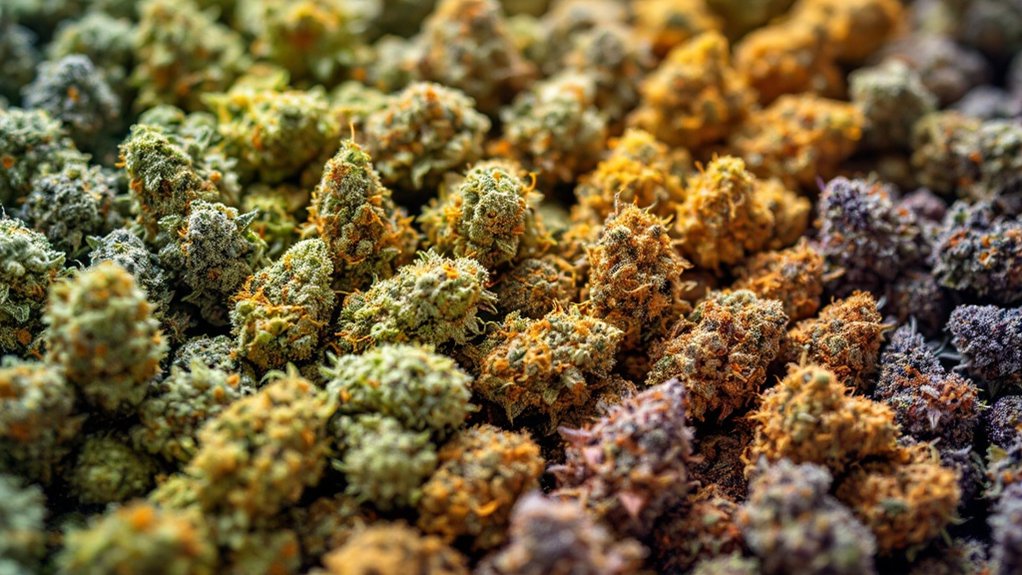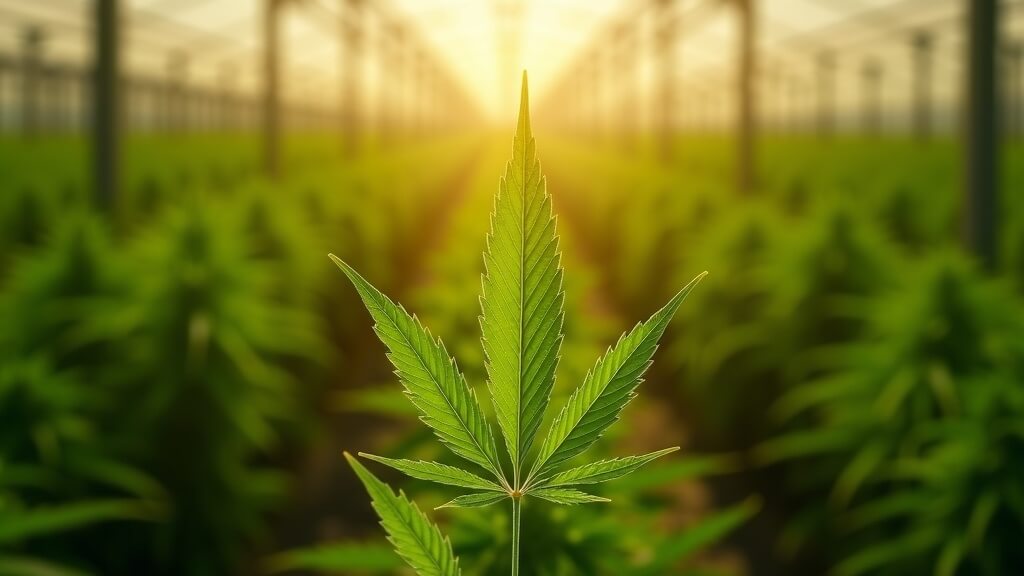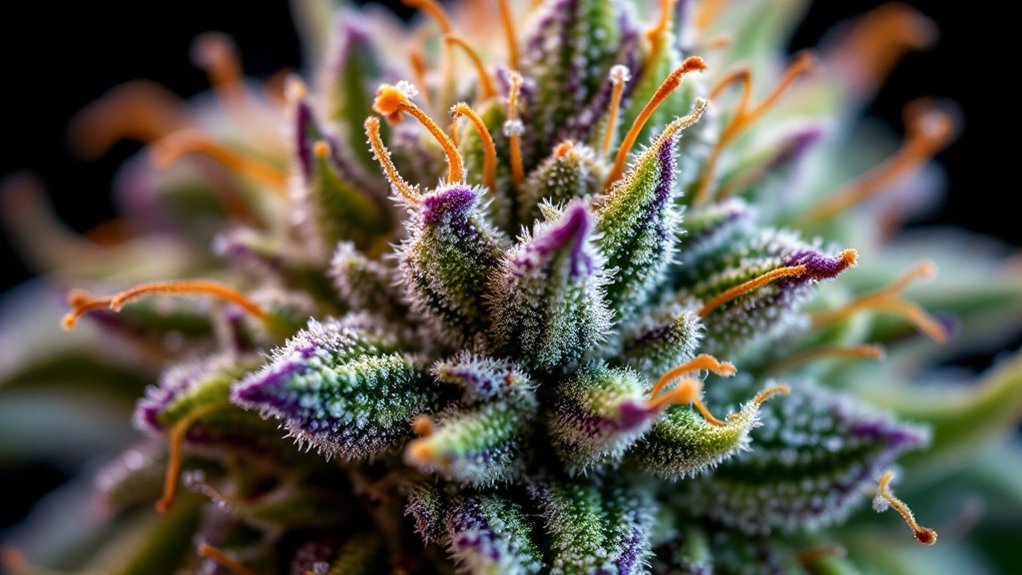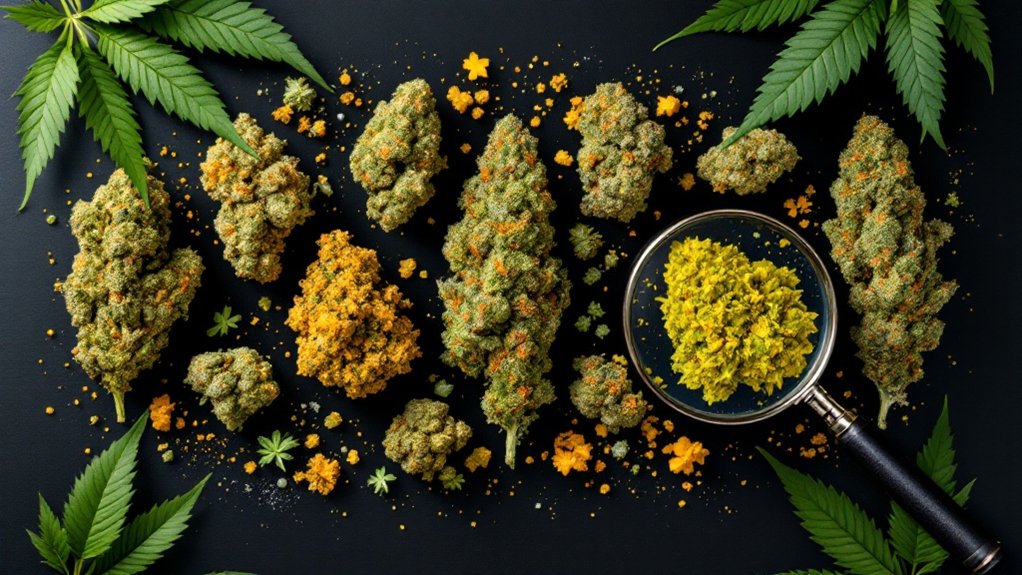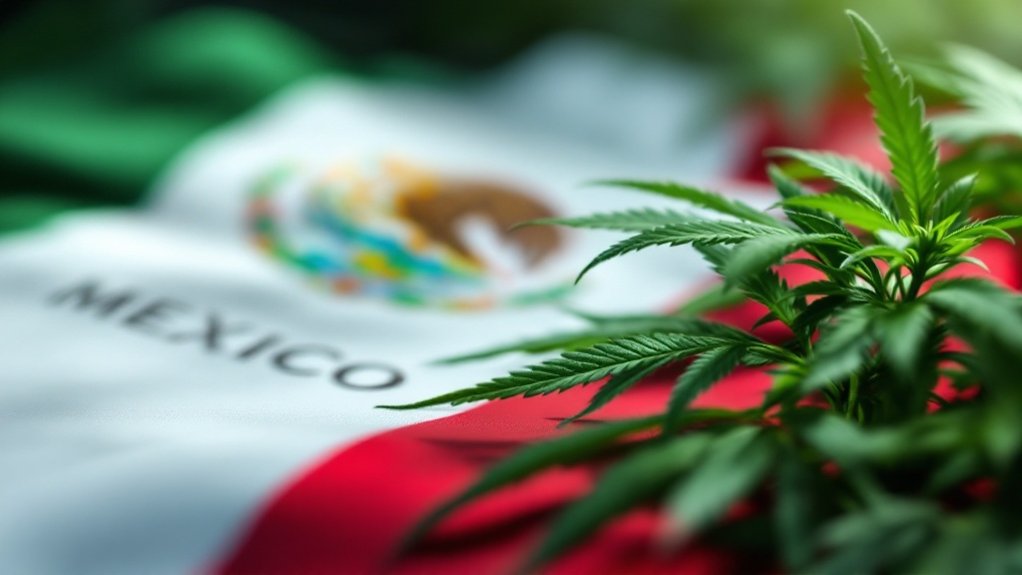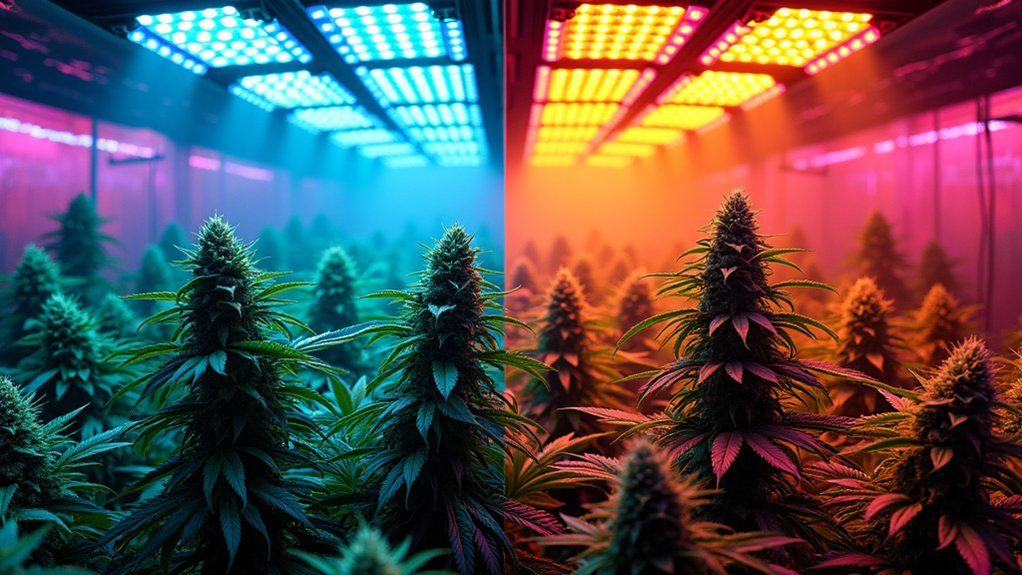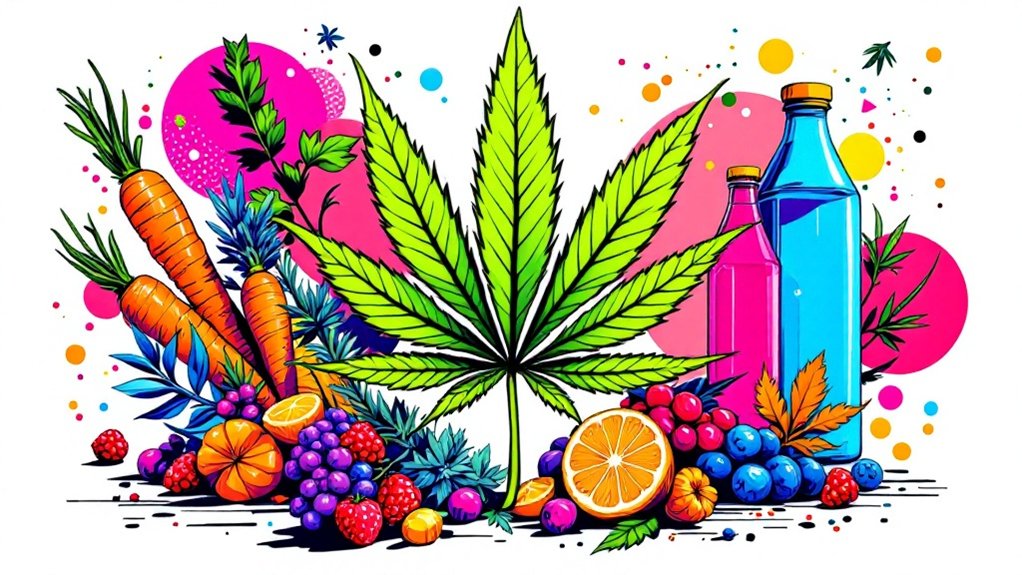Researchers estimate between 700-779 cannabis strains exist worldwide. Surprising fact? Only three occur naturally. The rest? Human-made hybrids. Classifications include indica (short, bushy), sativa (tall with narrow leaves), and various crossbreeds. Names range from geographic origins like “Kush” to effect-based monikers – often pure marketing. Chemical compositions vary dramatically, creating unique experiences. Ancient civilizations were experimenting with cannabis long before modern dispensary menus became overwhelmingly diverse.
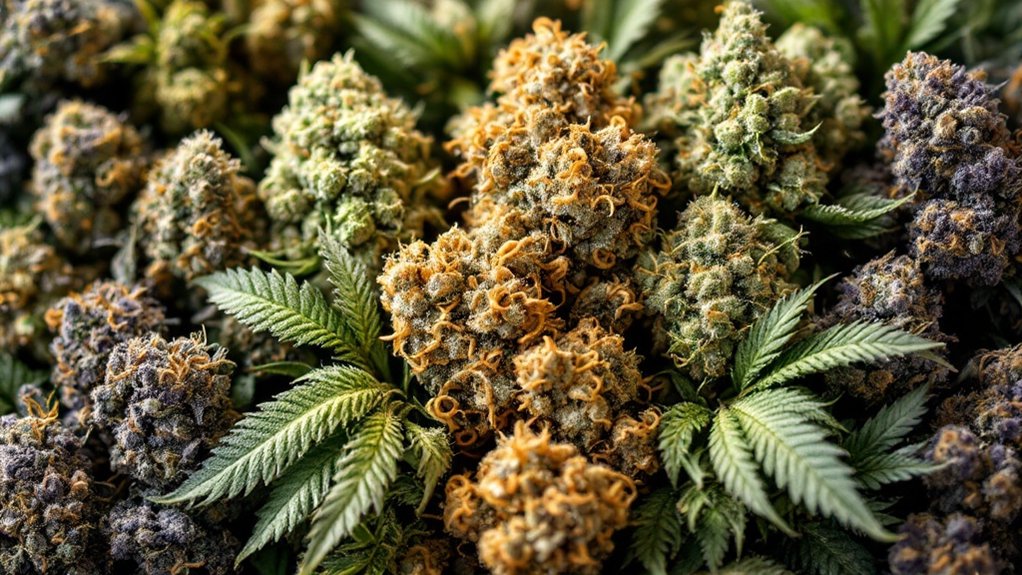
Just how many cannabis strains exist on our planet? Scientific estimates place the number between 700-779 named and recognized varieties worldwide. That’s a lot of weed. But here’s the kicker – only three of these occur naturally. The rest? Human-made hybrids created through selective breeding.
Cannabis strains fall into three main classifications: indica, sativa, and hybrid. These distinctions, once clear-cut, have blurred with modern breeding techniques. A less-known fourth player, Cannabis ruderalis, exists but contains minimal THC. It flowers based on age rather than light cycles – a trait breeders have exploited to create autoflowering varieties. Clever, right?
The physical differences between these types are striking. Sativas grow tall – up to 15 feet or 4.5 meters – with narrow leaves and lengthy branches. Indicas? Short, bushy, and compact with wider leaflets. No wonder indoor growers prefer indicas. Less headroom required. Knowledgeable budtenders at dispensaries can help customers understand these physical differences when selecting strains.
Growth patterns vary considerably too. Sativas take their sweet time, maturing 1-2 months longer than their indica counterparts. Despite these differences, most commercial strains maintain similar THC:CBD ratios, averaging about 200:1. Nature’s balance has been thrown out the window. Indicas typically contain higher CBD levels which contributes to their renowned pain-relieving properties.
Cannabis strain names are a colorful linguistic adventure. “Kush” strains like Hindu Kush derive from pure indica. “Haze” or “Diesel” varieties? Pure sativa lineage. Names often reflect geographic origins, effects, or physical traits. Marketing at its finest.
The chemical composition ultimately defines each strain’s unique properties. Five distinct chemotaxonomic types have been identified, with sativas typically producing stimulating effects while indicas from Central Asia create more sedative experiences. The entourage effect from over 500 active chemical compounds creates the distinct benefits and experiences associated with each strain variety.
Cannabis ranks among the world’s oldest cultivated plants, growing globally even in remote regions. Ancient civilizations experimented with cultivation long before modern enthusiasts.
Central Asia gave us indica-type plants, while equatorial regions produced what we now call sativas. Humanity’s relationship with this plant? It goes way back. Way, way back.
Frequently Asked Questions
How Does Altitude Affect Cannabis Strain Development?
Altitude can dramatically transform cannabis development.
Higher elevations expose plants to increased UV-B radiation, forcing them to pump out more THC and terpenes as protection. Tough life up there.
Plants grow slower and more compact in thin air, but what they lack in size, they make up in potency.
Those massive day-to-night temperature swings? They’re terpene factories.
Indica strains thrive best in these harsh conditions. Smaller yields, but more punch per ounce.
Can Cross-Breeding Create Completely New Strain Effects?
Cross-breeding cannabis strains absolutely creates novel effects.
When breeders mix different genetic lines, they’re not just blending parent traits, they’re revealing entirely new possibilities.
This “entourage effect” happens when cannabinoids and terpenes interact in fresh combinations.
The chemistry is complex. Hundreds of compounds working together.
Conventional breeding manipulates these interactions, while heterotic effects from crossing distant lineages can supercharge traits.
Why Do Some Strains Disappear From the Market?
Cannabis strains vanish for multiple reasons. Market forces don’t lie – unpopular strains get axed.
Genetics play a huge role; unstable breeding leads to inconsistent products that companies won’t back. Regulations? Absolutely killer for some varieties.
And let’s face it, trends change faster than dispensary menus. Yesterday’s hot strain becomes today’s forgotten has-been.
Environmental challenges can wipe out vulnerable varieties too. That’s just how the industry rolls.
How Are New Cannabis Strains Officially Recognized?
New cannabis strains lack a formal recognition process. Breeders simply create and name them, no FDA approval required.
Science tells a different story, though. Genetic testing often reveals commercial strains aren’t what they claim to be. Many contain genetic outliers.
Ironically, the traditional Sativa/Indica/Hybrid labels rarely match actual genetic profiles. It’s basically the Wild West of plant naming out there.
Do Medical and Recreational Strains Differ Genetically?
Medical and recreational cannabis strains share identical genetics. No inherent DNA differences exist.
What separates them? Purely regulation and intended use. The same plant species Cannabis Sativa, Indica, or hybrids can serve both purposes.
The real distinction? Composition. Medical strains often pack higher CBD and carefully calibrated THC:CBD ratios, while recreational varieties typically crank up THC for stronger psychoactive effects.
Same plant, different priorities.
